Status and Conservation of Interior Redband Trout in the Western United States
Title: Status and Conservation of Interior Redband Trout in the Western United States
Category: Academic Article
External URL: http://afs.tandfonline.com/doi/full/10.1080/02755947.2014.951807?scroll=top&needAccess=true
Updated Date: 26.01.2017
Author(s)/Source(s): Clint C. Muhlfeld, Shannon E. Albeke, Stephanie L. Gunckel, Benjamin J. Writer, Bradley B. Shepard, Bruce E. May
Publication Date: 2015-Jan-28
Focal Topic: Redband Trout
Location: United States
In this article we describe the current status and conservation of interior (potamodromous) Redband Trout Oncorhynchus mykiss sspp. throughout its range in the western United States using extant data and expert opinion provided by fish managers. Redband Trout historically occupied 60,295 km of stream habitat and 152 natural lakes. Currently, Redband Trout occupy 25,417 km of stream habitat (42% of their historical range) and 124 lakes or reservoirs. Nonhybridized populations are assumed to occupy 11,695 km (46%) of currently occupied streams; however, fish from only 4,473 km (18%) have been genetically tested. Approximately 47% of the streams occupied by Redband Trout occur on private land, 45% on government lands, and 8% in protected areas. A total of 210 Redband Trout populations, occupying 15,252 km of stream habitat (60% of the current distribution) and 95,158 ha of lake habitat (52%), are being managed as “conservation populations.” Most conservation populations have been designated as weakly to strongly connected metapopulations (125; 60%) and occupy much more stream length (14,112 km; 93%) than isolated conservation populations (1,141 km; 7%). The primary threats to Redband Trout include invasive species, habitat degradation and fragmentation, and climate change. Although the historical distribution of interior Redband Trout has declined dramatically, we conclude that the species is not currently at imminent risk of extinction because it is still widely distributed with many populations isolated by physical barriers and active conservation efforts are occurring for many populations. However, the hybridization status of many populations has not been well quantified, and introgression may be more prevalent than documented here.
Keyword Tags:Redband trout, conservation, status
